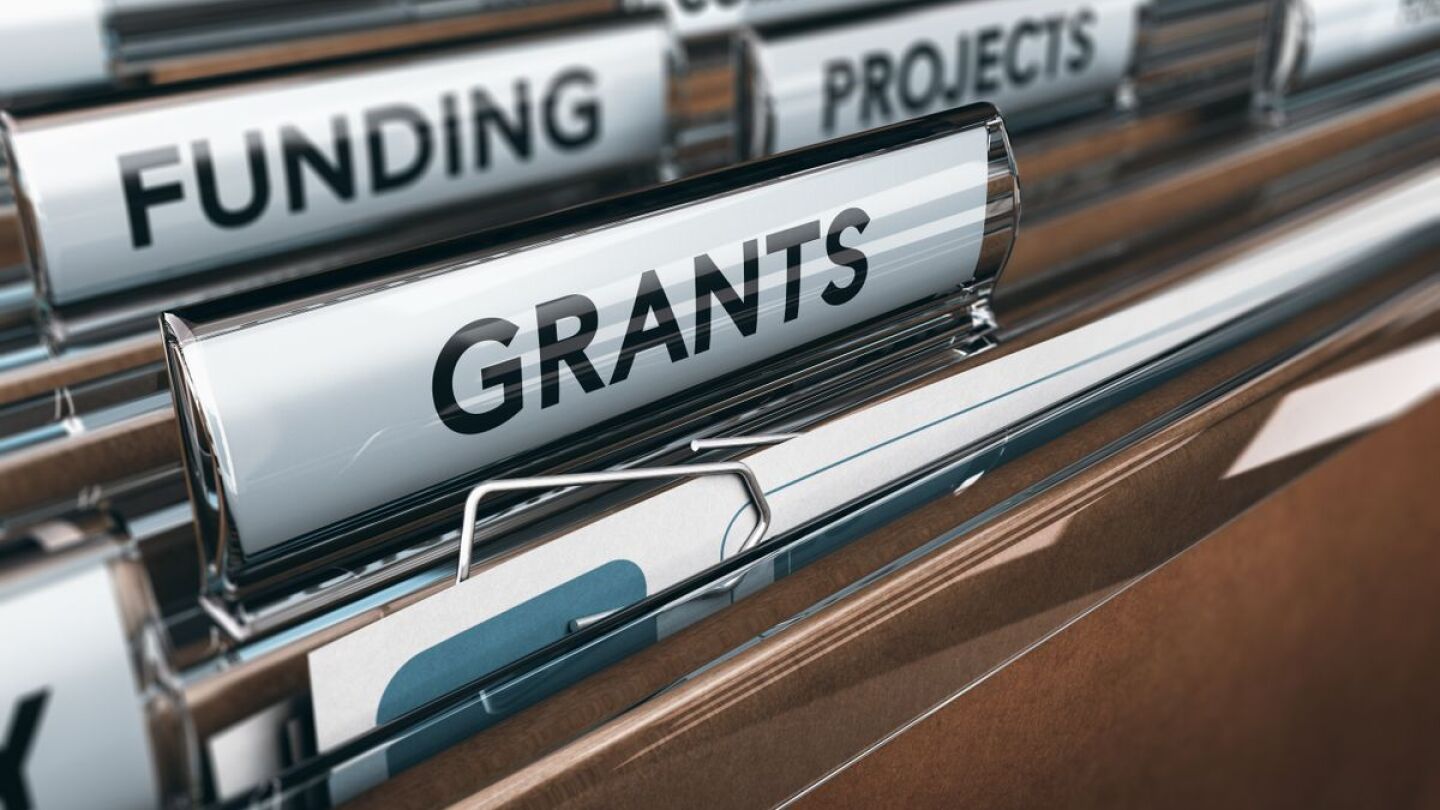Personal Protective Equipment (PPE)
Grant funding helped several fire departments replace old, outdated and missing gear for volunteer fire departments
Single-layer PPE will provide Denver firefighters with better comfort and mobility while still offering protection
When rain is in the forecast, structural gear likely isn’t your best choice
Should fire departments be testing firefighter PPE ensemble components to evaluate their ability to keep firefighters safe?
Recommending NFPA PPE product standards incorporate systematic ways of regulating restricted substances for new products
Extreme temperatures can trigger cardiac events in firefighters, so it’s important to find ways to stay cool on the fireground
Follow NFPA standards and check the overlap of PPE ensemble interfaces to ensure you are protected from contamination and thermal injury
What you need to know about the differences between cleaning soiled gear and decontaminating firefighter turnout gear
Chief Marc Bashoor learns the up-and-coming trends in fire service innovation, technology and communication from leaders at Fire Rescue International
From EMS calls to wildland firefighting, today’s firefighters face more than just structural interior firefighting
Maintaining proper body temperature, even when fighting fires, is important for overall health and safety
Follow firefighter gear from contamination, through doffing, transport and cleaning to identify potential areas for exposure in the gear contamination cycle
Consider your station’s unique needs to plan for appropriate PPE storage that prevents contamination
Every responder should be trained on four roadway safety basics to prepare for the hazards they face on every trip outside the fire station
New standards strengthen moisture barrier, thermal protection and fit
An initial study of turnout gear by researchers at the University of Notre Dame found that the turnout gear samples were “loaded with fluorine”
Know and understand these five important safety tips to be taken when working in a post-hurricane environment
Firefighter PPE must in be a serviceable condition in order for these items to provide the needed protection
Protect, clean and decontaminate with products that meet the highest standards
Each kit includes a 5-gallon bucket, detergents, scrub brushes, hoses and spray bottles to help first responders wash soot from their gear
Tracking your first due area demographics, response details, and firefighter gear and apparatus details will make applying for grants a breeze
Use the NFPA 1971 firefighter glove sizing standard to find the best fit for dexterity and protection from compression burns and radiant heat
Danville Fire Captain Billy Scearce has created 400 pieces of art out of retired fire helmets
Maintaining a cleaning schedule, avoiding modifications and conducting regular inspections will prolong the life of your protective hood
With the upcoming Fourth of July holiday, it’s a good time to review protocols for PPE regulations when dealing with car hazards and unknowns
Fire officers can model PPE compliance by example and encourage individuals to understand the importance of proper use
When you’re feeling the heat, your turnout gear shouldn’t add fuel to the fire
Changing the way we approach on-scene firefighter rehab can help protect firefighters from exposure to carcinogens while removing their PPE
Your firefighter boots require inspection and cleaning, just as thorough as the rest of your turnout gear
The gear dryer, designed by Pvt. Scott Martin, cuts drying time from several hours to approximately 45 minutes, officials said
Properly maintaining and storing turnout gear extends its lifecycle and protective properties
In an effort to reduce the risk of firefighter cancer, the Senate voted to spend $420,000 to help departments buy extractors that will help remove carcinogens































